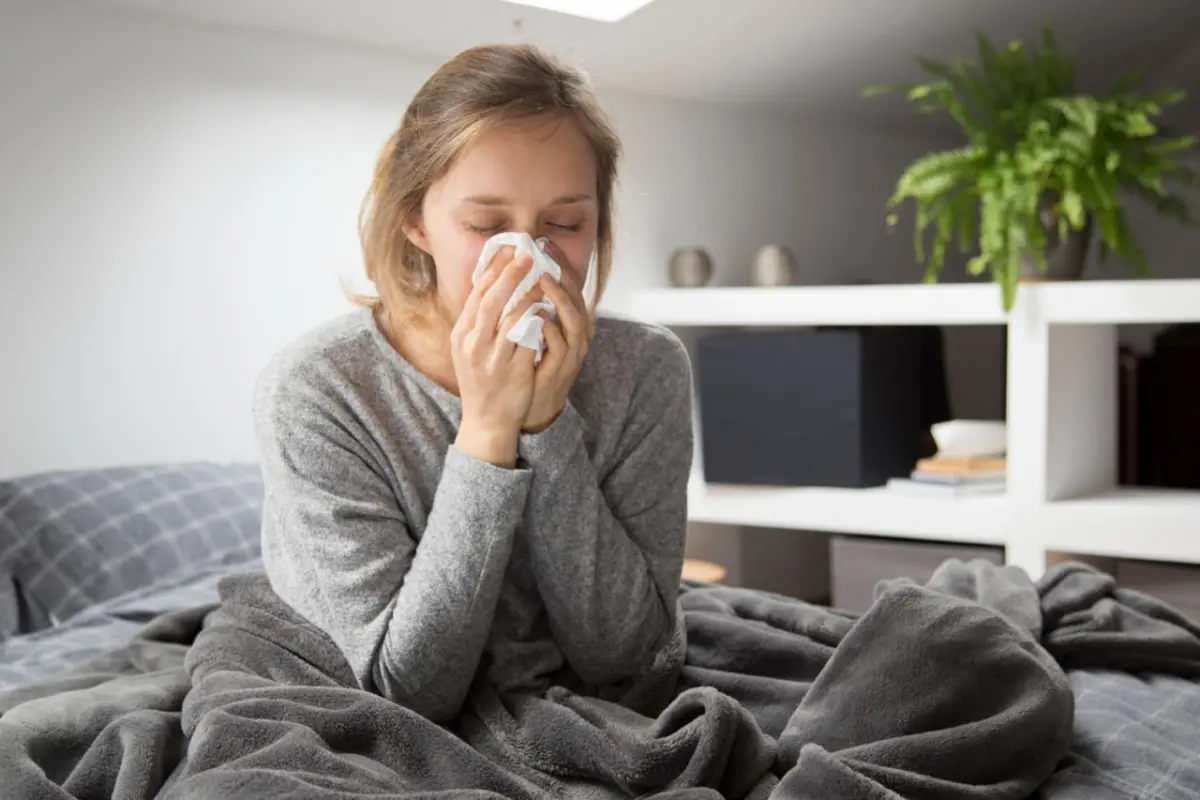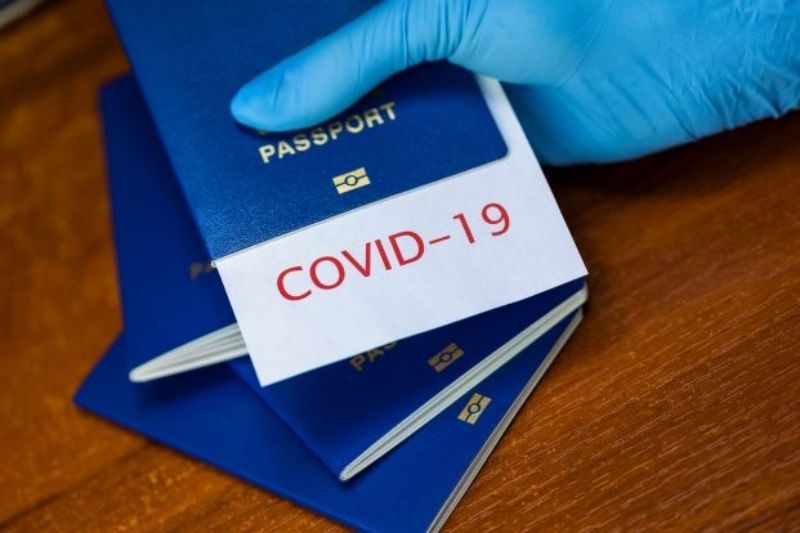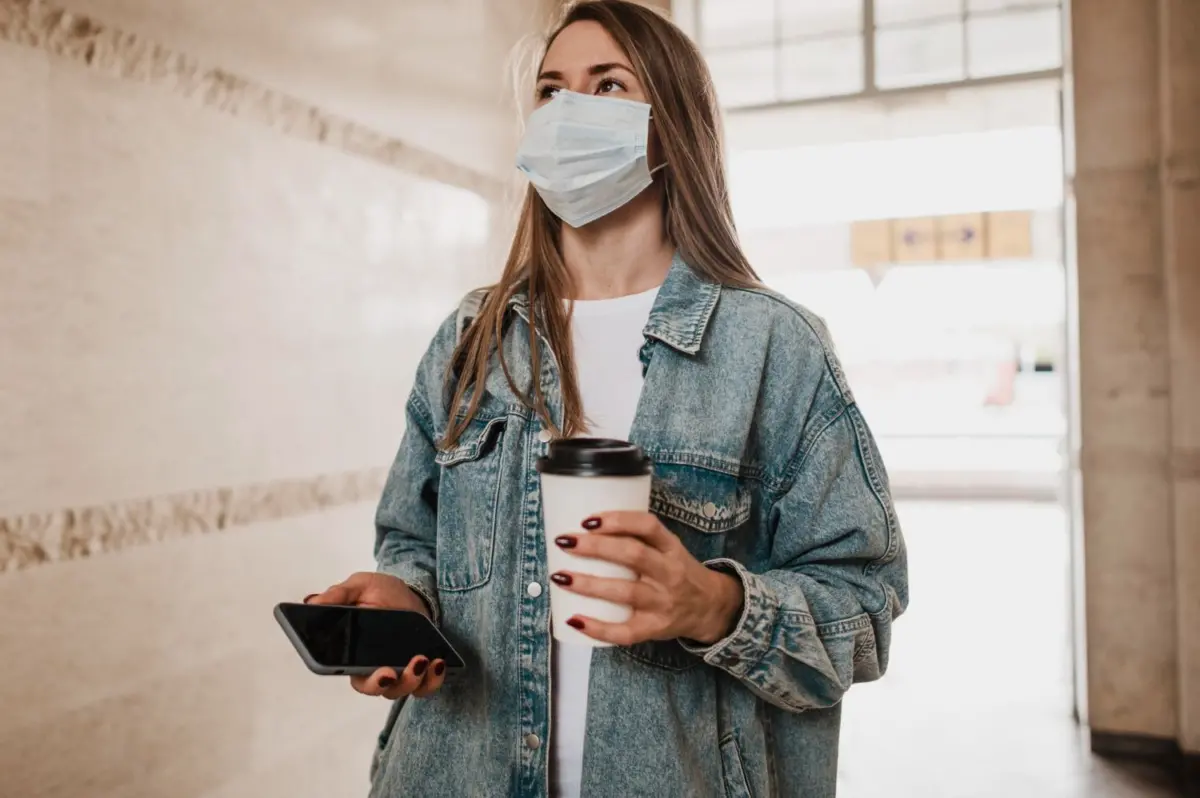The Centers for Disease Control and Prevention (CDC) has issued a significant health advisory in response to the alarming increase in respiratory illness activity across the United States.
This increase, particularly evident in COVID-19, influenza, and Respiratory Syncytial Virus (RSV) cases, has prompted the CDC to issue a Health Alert Network (HAN) advisory. The advisory, released on December 14, serves as a stark reminder of the ongoing battle against respiratory diseases and underscores the urgent need for increased vaccination rates.
As the nation confronts this surge, it’s crucial to understand the multifaceted nature of these illnesses and the integral role vaccinations play in mitigating their impact. The rising cases of COVID-19, including the concerning increase in multisystem inflammatory syndrome in children (MIS-C), combined with growing influenza activity and sustained high levels of RSV, paint a worrying picture for the upcoming months. Hospitalizations are quickly escalating, with pediatric facilities in some regions nearing capacity levels comparable to the previous year’s peaks. This strain on the healthcare system not only jeopardizes the care for patients with respiratory illnesses but also risks delaying treatment for individuals with other serious health conditions.
The CDC’s advisory aims to raise awareness about this heightened respiratory disease activity, with a particular focus on the southern United States and international regions. One of the most alarming aspects highlighted by the CDC is the low vaccination rates for COVID-19, influenza, and RSV, which are likely to result in more severe diseases and further strain the healthcare system for the remainder of the season. These low vaccination rates also contribute to increased absenteeism from work and school, exacerbating the societal impact of these diseases.
Despite the concerning trends, the CDC emphasizes that there is still time for individuals to get vaccinated. Vaccinations remain the most effective defense against severe disease and hospitalizations. Healthcare providers and clinicians are being urged to recommend respiratory immunizations to all eligible patients. To improve vaccination coverage, COVID-19 vaccines are being made available at no cost to uninsured or underinsured individuals through the Bridge Access Program.
In addition to vaccination, antiviral treatments for COVID-19 play a crucial role in managing the disease, especially among those at higher risk of severe illness. These antivirals, which include Nirmatrelvir with Ritonavir (Paxlovid), Remdesivir (Veklury), and Molnupiravir (Lagevrio), are effective in reducing hospitalizations and deaths. However, their usage is currently underutilized. It’s imperative for people who contract COVID-19 and are at higher risk—such as those aged 65 and over or with underlying health conditions like heart disease, obesity, or diabetes—to seek treatment promptly, ideally within the first few days of illness.
The CDC’s blog has clarified several key aspects of COVID-19 treatments. Antivirals offer additional protection even for vaccinated individuals who fall into high-risk categories. The treatments are most effective when administered within 5-7 days of symptom onset. Furthermore, the benefits of antiviral treatments, including the prevention of hospitalization and death due to severe COVID-19 illness, outweigh the potential risks, such as the phenomenon of symptom rebound.
Regarding safety, antivirals can generally be taken alongside other medications, though healthcare providers should review existing prescriptions to avoid potential interactions. Paxlovid, for example, may have more interactions compared to other COVID-19 antivirals, but alternatives with fewer interactions are available for those who cannot take Paxlovid.
Accessibility to these treatments has been enhanced, with patient assistance programs available for underinsured, uninsured, or publicly insured individuals. These programs are designed to provide reduced or no-cost antivirals, ensuring that financial constraints do not hinder access to lifesaving treatments.
The advisory also highlights the importance of testing in differentiating between COVID-19 and flu, as symptoms can be similar. Testing is crucial in determining the appropriate treatment course and should not be delayed. Free at-home test kits are available for households through COVIDtests.gov, and various testing options are accessible at pharmacies, urgent cares, and other testing sites.
The CDC’s alert is a clarion call for immediate action. It urges individuals to get vaccinated, healthcare providers to recommend vaccinations and antivirals proactively, and the public to remain vigilant about their health. As respiratory illnesses continue to rise, the combined efforts of vaccination and timely antiviral treatments are our best defense in safeguarding public health and preventing further strain on our healthcare system.














